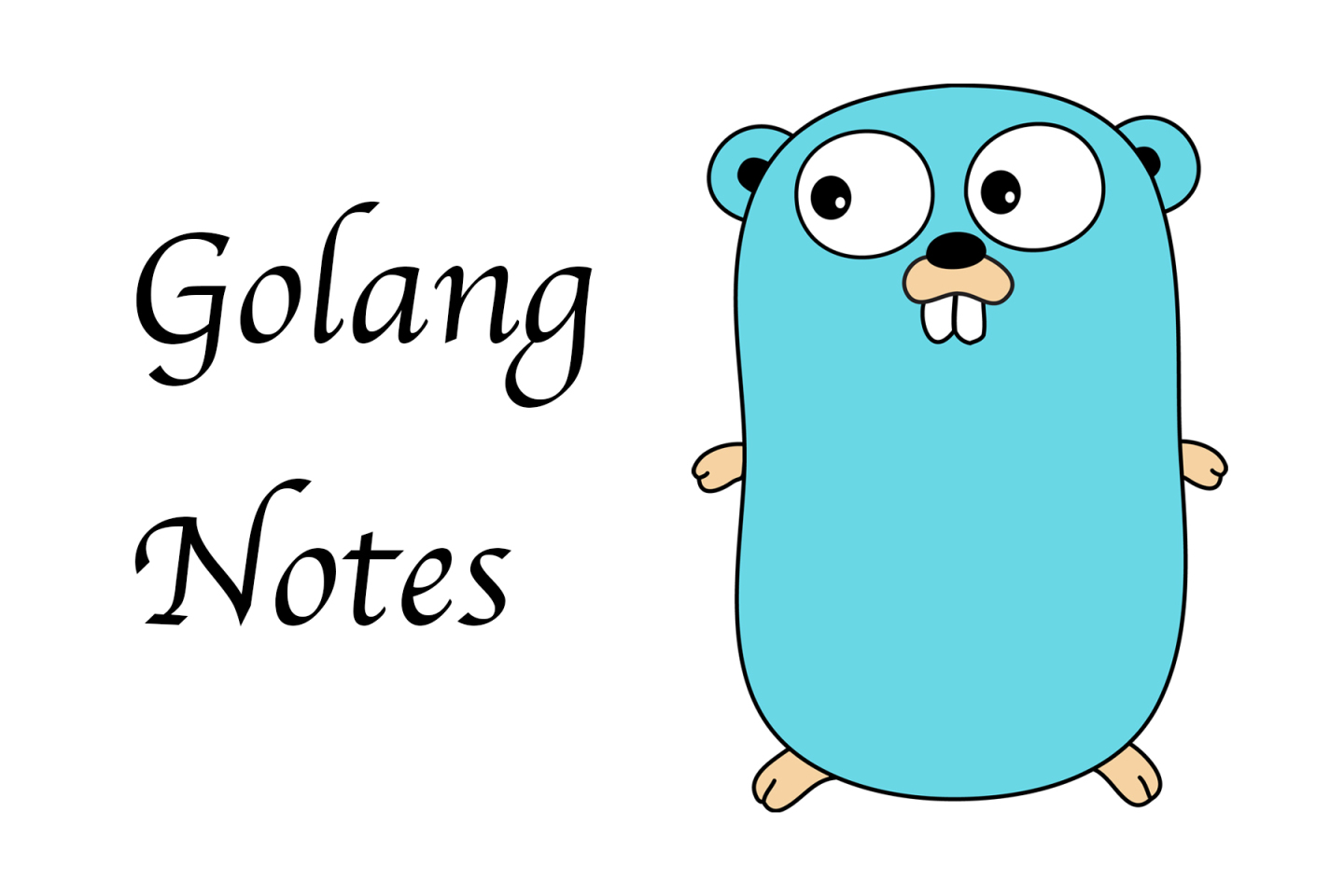
小引
最近在写 Go 代码时需要给某个 struct 定制一个字符串转换方法
func (ms MyStruct) String() string
但是在实现是考虑选用 value methods 还是 pointer methods 方式时纠结了起来。
Go 的语法糖使得这两种方式在调用上是一致的,这让我一时难以抉择孰优孰劣,于是决定深入探究一下其背后原理以便之后能写出更地道(idiomatic)的 Go 代码。
作者:青藤木鸟 https://www.qtmuniao.com/2020/01/06/go-value-pointer-method/, 转载请注明出处
区别
在官方 effective go 文档中,对两者区别其实是有精确描述的:
The rule about pointers vs. values for receivers is that value methods can be invoked on pointers and values, but pointer methods can only be invoked on pointers.
There is a handy exception, though. When the value is addressable, the language takes care of the common case of invoking a pointer method on a value by inserting the address operator automatically
大意如下:
- 值方法(value methods)可以通过指针和值调用,但是指针方法(pointer methods)只能通过指针来调用。
- 但有一个例外,如果某个值是可寻址的(addressable,或者说左值),那么编译器会在值调用指针方法时自动插入取地址符,使得在此情形下看起来像指针方法也可以通过值来调用。
看了这个解释心里有一句 mmp,不值当讲不当讲。Go 的语法糖初用起来很爽,但是用的越多反而发现会引入很多的语义上的复杂性,给你的心智带来极大负担。比如说 type assertion、embedding、自动解引用、自动插入取地址符、自动插入分号等等,不一一吐槽。只能说都是 trade off,做人不能太贪,不能既要又要是吧。
多言易成妄语,直接上小例子:
package main
import (
"fmt"
)
type Foo struct {
name string
}
func (f *Foo) PointerMethod() {
fmt.Println("pointer method on", f.name)
}
func (f Foo) ValueMethod() {
fmt.Println("value method on", f.name)
}
func NewFoo() Foo { // 返回一个右值
return Foo{name: "right value struct"}
}
func main() {
f1 := Foo{name: "value struct"}
f1.PointerMethod() // 编译器会自动插入取地址符,变为 (&f1).PointerMethod()
f1.ValueMethod()
f2 := &Foo{name: "pointer struct"}
f2.PointerMethod()
f2.ValueMethod() // 编译器会自动解引用,变为 (*f2).PointerMethod()
NewFoo().ValueMethod()
NewFoo().PointerMethod() // Error!!!
}
最后一句报错如下:
./pointer_method.go:34:10: cannot call pointer method on NewFoo()
./pointer_method.go:34:10: cannot take the address of NewFoo()
看来编译器首先试着给 NewFoo()返回的右值调用 pointer method,出错;然后试图给其插入取地址符,未果,就只能报错了。
至于左值和右值的区别,大家感兴趣可以自行搜索一下。大致来说,最重要区别就是是否可以被寻址,可以被寻址的是左值,既可以出现在赋值号左边也可以出现在右边;不可以被寻址的即为右值,比如函数返回值、字面值、常量值等等,只能出现在赋值号右边。
取舍
对于某个特定场景,两者如何取舍其实和另一个问题等价:就是你在定义函数时如何传参——是传值还是传指针。
比如上述例子:
func (f *Foo) PointerMethod() {
fmt.Println("pointer method on ", f.name)
}
func (f Foo) ValueMethod() {
fmt.Println("value method on", f.name)
}
可以转换为下面两个函数进行考虑:
func PointerMethod(f *Foo) {
fmt.Println("pointer method on ", f.name)
}
func ValueMethod(f Foo) {
fmt.Println("value method on", f.name)
}
用 Go 的术语来说,就是将函数的 receiver 看做是 argument。
那么传值还是传指针呢?这几乎是各个语言都会遇到的一个灵魂拷问。当然, Java 第一个表示不服,这里不展开,感兴趣自行 google。
在定义 receiver 为值还是指针时,主要有以下几个考虑点:
- 方法是否需要修改 receiver 本身。如果需要,那 receiver 必然要是指针了。
- 效率问题。如果 receiver 是值,那在方法调用时一定会产生 struct 拷贝,而大对象拷贝代价很大哦。
- 一致性。对于同一个 struct 的方法,value method 和 pointer method 混杂用肯定是不优雅的啦。
那啥时候用 value method 呢?很简单的不可变对象使用 value method可以减轻 gc 的负担,貌似也就这些好处了。因此请记住:
遇事不决请用 pointer method.
当然,Go 大大们怕你还是有疑问,于是帮你详细列了一些常见的 case,请看这里:https://github.com/golang/go/wiki/CodeReviewComments#receiver-type
参考
- effective go:https://golang.org/doc/effective_go.html#pointers_vs_values
- golang faq:https://golang.org/doc/faq#methods_on_values_or_pointers
- golang code review comments: https://github.com/golang/go/wiki/CodeReviewComments#receiver-type
- stackoverflow: https://stackoverflow.com/questions/27775376/value-receiver-vs-pointer-receiver





















 477
477











 被折叠的 条评论
为什么被折叠?
被折叠的 条评论
为什么被折叠?








